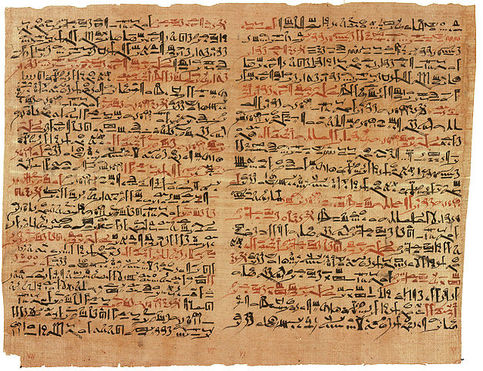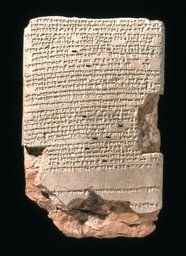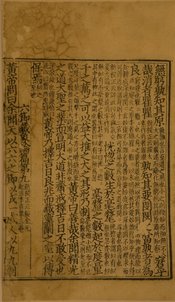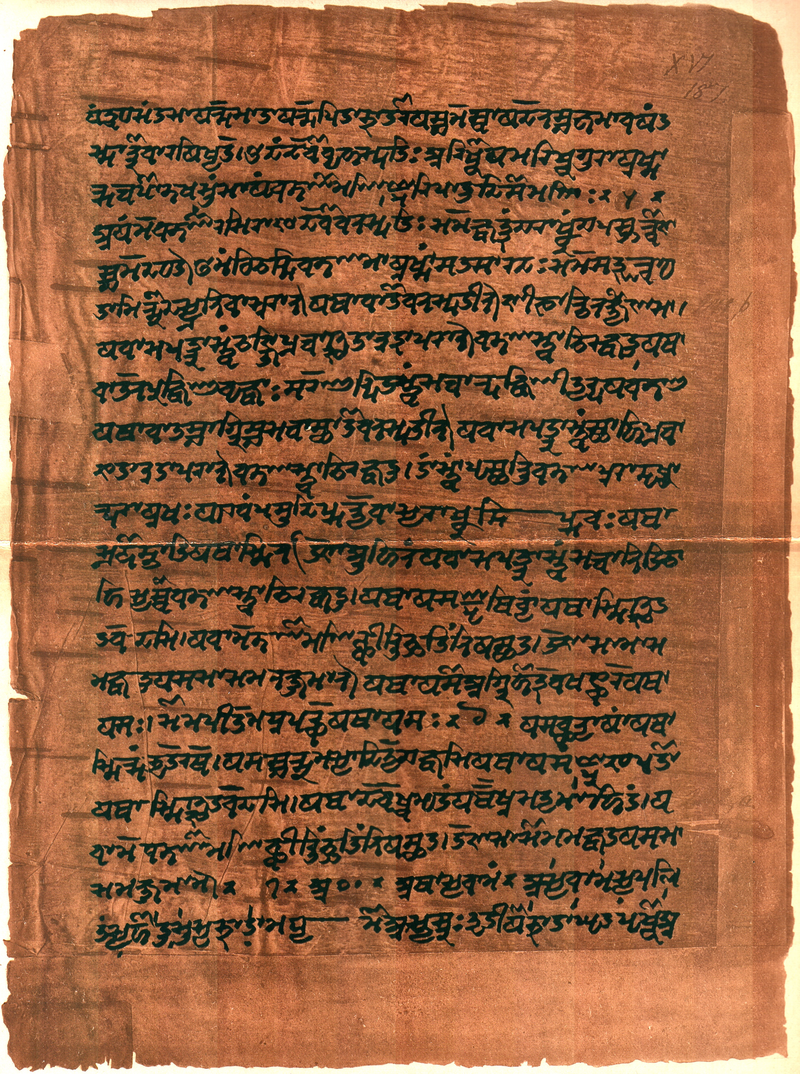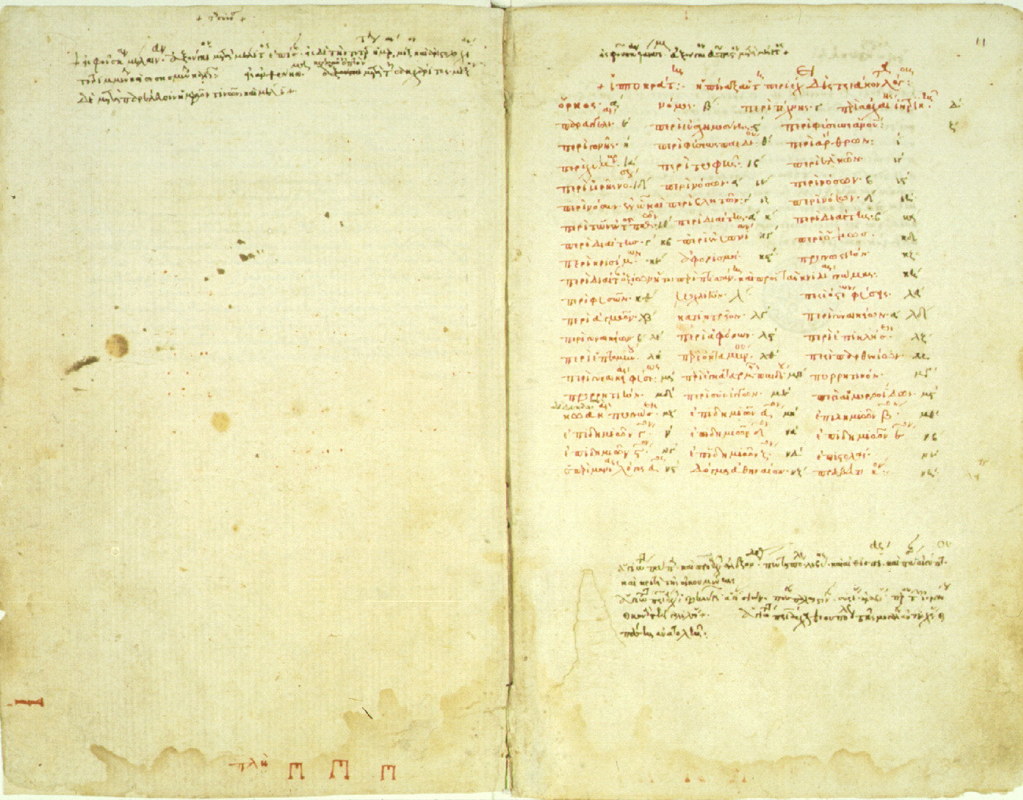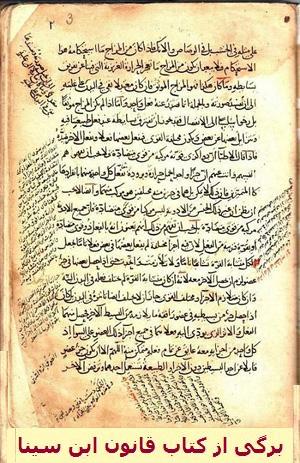EGYPT
“The Edwin Smith Papyrus (by Imhotep), discovered in 1862 outside of Luxor, Egypt, is the oldest known surgical text in the history of civilization. The surviving scroll, a copy of an earlier text from around 3,000 B.C., gives us remarkable insight into the medical practice of ancient Egyptians in the Nile River bed during the dawn of civilization. The Papyrus is divided into 48 cases, most of which describe traumatic injuries. The text instructs the physician to examine the patient and look for revealing physical signs that may indicate the outcome of the injury. Although in modern medicine we take for granted that the use of physical examination and rational thinking lead to an accurate conclusion, 5,000 years ago, this was extraordinary. The Edwin Smith Papyrus cast aside the prevailing magic and mysticism of that time in favor of logic and deductive reasoning. As Egyptian civilization declined during the next millennium, the teachings of the Papyrus would be lost. It would not be until 300 B.C. when Hippocrates and his disciples in ancient Greece would once again revive logic in medical thinking and teaching. It is believed that the ancient Greeks had knowledge of the contents of the Edwin Smith Papyrus and its teachings and used them as the basis for their writings.” Laryngoscope. 2006 Feb;116(2):182-8 https://www.ncbi.nlm.nih.gov/pubmed/16467701
Dating from the seventeenth century BCE, the Edwin Smith papyrus is the oldest known surviving trauma text in history. This ancient medical treatise is credited as containing the earliest known scientific writings on rational observations in medicine. A total of 48 cases are presented in the papyrus, of which six deal with injuries to the spine. The cases contain highly accurate descriptions of signs and symptoms of different types of spinal injuries.
https://www.ncbi.nlm.nih.gov/pmc/articles/PMC2989268/
https://www.ncbi.nlm.nih.gov/pmc/articles/PMC2989268/
|
BABYLONIA:
The oldest Babylonian texts on medicine date back to the Old Babylonian period in the first half of the 2nd millennium BC. The most extensive Babylonian medical text, however, is the Diagnostic Handbook written by the Ummânū, or chief scholar, Esagil-kin-apli of Borsippa, during the reign of the Babylonian king Adad-apla-iddina (1069-1046 BC). http://ausema-mesopotamia.weebly.com/mesopotamian-medicine-history.html |
IRAN (Formerly known as Persia, and before that Babylonia) NATURAL MEDICINES
https://www.omicsgroup.org/journals/ethno-botanical-survey-of-herbal-remedies-traditionally-used-in-northkhorasan-province-of-iran-2167-0412-1000192.pdf
http://ijpp.iau-saveh.ac.ir/Files/Journal/2012-05-30_07.05.18_6.pdf
https://www.researchgate.net/publication/221862985_Ethnobotanical_survey_of_herbal_remedies_traditionally_used_in_Kohgiluyeh_va_Boyer_Ahmad_province_of_Iran
https://www.omicsgroup.org/journals/ethno-botanical-survey-of-herbal-remedies-traditionally-used-in-northkhorasan-province-of-iran-2167-0412-1000192.pdf
http://ijpp.iau-saveh.ac.ir/Files/Journal/2012-05-30_07.05.18_6.pdf
https://www.researchgate.net/publication/221862985_Ethnobotanical_survey_of_herbal_remedies_traditionally_used_in_Kohgiluyeh_va_Boyer_Ahmad_province_of_Iran
|
CHINA
The Medical Classic of the Yellow Emperor (Huangdi Neijing 黄帝内经) written sometime during the Warring States period, (475-221 BC) is one of the earliest books found in the corpus of traditional Chinese medicine (TCM). For more information see: http://www.china.org.cn/english/MATERIAL/241492.htm https://www.wdl.org/en/item/3044/ Also, see one of my other sites: http://chinamed.weebly.com/ |
|
INDIA
According to Wikipedia: “The Atharvaveda is sometimes called the "Veda of magical formulas", an epithet declared to be incorrect by other scholars. The Samhita layer of the text likely represents a developing 2nd millennium BCE tradition of magico-religious rites to address superstitious anxiety, spells to remove maladies believed to be caused by demons, and herbs- and nature-derived potions as medicine. Many books of the Atharvaveda Samhita are dedicated to rituals without magic and to theosophy. The text, states Kenneth Zysk, is one of oldest surviving record of the evolutionary practices in religious medicine and reveals the "earliest forms of folk healing of Indo-European antiquity.” A most excellent PDF can be downloaded from: http://www.libraryofyoga.com/bitstream/123456789/1065/1/ATHARVA%20VEDA.pdf |
|
GREEK MEDICINE
Hippocrates of Kos (460 - between 375 and 351 BC) has been credited with the writing of sixty-two treatises on different medical topics, from diet and gynecology to medical ethics, which form what is now called the Corpus Hippocraticum (Hippocratic Collection). Modern textual and historical analysis has showed that these many works date to a period from the 5th century BC to the 2nd century AD *. http://digitalhippocrates.org/ |
|
ISLAMIC CONTRIBUTIONS TO MEDICINE
According to Wikipedia: "Avicenna or Ibn Sīnā (Arabic: ابن سینا; c. 980 – June 1037) was a Persian polymath who is regarded as one of the most significant thinkers and writers of the Islamic Golden Age. Of the 450 works he is known to have written, around 240 have survived, including 150 on philosophy and 40 on medicine. His most famous works are The Book of Healing, a philosophical and scientific encyclopedia, and The Canon of Medicine, a medical encyclopedia which became a standard medical text at many medieval universities and remained in use as late as 1650. In 1973, Avicenna's Canon Of Medicine was reprinted in New York." "Besides philosophy and medicine, Avicenna's corpus includes writings on astronomy, alchemy, geography and geology, psychology, Islamic theology, logic, mathematics, physics and poetry." Unfortunately Wikipedia doesn’t explore his revolutionary approaches to the scientific treatment of many diseases, but rather tangents off into some theological directions. For more comprehensive details on Avicenna's approaches to medicine see: https://www.ncbi.nlm.nih.gov/pmc/articles/PMC3558117/ http://www.iranicaonline.org/articles/avicenna-x The Book of Healing, English translation free download: http://www.umsl.edu/~philo/People/Faculty/McGinnis%20Works/Physics%20translation/Physics-vol.1.pdf https://explorable.com/islamic-medicine http://www.hamneshinbahar.net/article.php?text_id=178 (Photo from here) From History on the Net: “While medieval European medicine was still mired in superstitions and the rigid Catholic teachings of the Church, the advent of Islam in the 7th century A.D. gave rise to impressive growth and discoveries in many scientific fields, especially medicine. Islamic scholars and doctors translated medical texts from all over the known world, including the Greeks and Romans, Persians and Indians. They not only gathered this knowledge and translated it into Arabic (and later into Latin), they added their own medical observations and methods. Islamic doctors developed new techniques in medicine, dissection, surgery and pharmacology. They founded the first hospitals, introduced physician training and wrote encyclopedias of medical knowledge. “Before the 12th century in Europe, medical practice was stalled—there were few new discoveries, and, as the Church considered disease a punishment from God, doctors could do little for their patients. However, when new translations, books, observations and methods from the Islamic world gradually became known in the 12th century, Western medicine finally moved forward. Ideas, insights and methods from Islamic doctors brought many new advances to European medicine, essentially forming the basis of modern medicine as we know it today.” http://www.historyonthenet.com/6-important-islamic-advances-in-medieval-medicine/ http://www.muslimheritage.com/article/medical-sciences-islamic-civilization https://www.ncbi.nlm.nih.gov/pmc/articles/PMC1322233/ https://www.nlm.nih.gov/hmd/arabic/mon6.html |
HERBAL MEDICINES: Every traditional culture has a pharmacopeia of traditional medicines. They are absolutely worth investigating.
Most recently I read Turkmen President Gurbanguly Berdymukhammedov’s fifth volume of “Herbal Remedies of Turkmenistan.” This series is a treasure trove of Silk Road natural medicines.
Most recently I read Turkmen President Gurbanguly Berdymukhammedov’s fifth volume of “Herbal Remedies of Turkmenistan.” This series is a treasure trove of Silk Road natural medicines.
“Silk Road Medicines”
There are more than a few internet sites devoted to study of Silk Road Medicines.
(Medical) Exchange Through the Silk Road: http://tcm.chinesecio.com/en/article/2009-10/14/content_73966.htm
There are more than a few internet sites devoted to study of Silk Road Medicines.
(Medical) Exchange Through the Silk Road: http://tcm.chinesecio.com/en/article/2009-10/14/content_73966.htm
- Tibetan Medicine( 2009-09-11 02:05:59)
- The Hui Medicine( 2009-09-11 02:03:42)
- The Dong Medicine( 2009-08-24 13:35:04)
- Yao Medicine( 2009-08-24 12:58:06)
If one types: “Silk Road Medicine” in to the ncbi database (below), 110 articles pop up, though not all are directly relevant, e.g. some simply use silk as part of some treatment. None-the-less, there is much fascinating research on and about Silk Road peoples and medicines.
https://www.ncbi.nlm.nih.gov/pubmed/?term=Silk+Road+Medicine
https://www.ncbi.nlm.nih.gov/pubmed/?term=Silk+Road+Medicine
MODERN MEDICINE
When in doubt, I do research on:
https://www.ncbi.nlm.nih.gov/pubmed/
This is the world’s most complete (free online) database on modern medical research. Virtually any disease or drug can be found here. I use it often. This is the front door to doing free and easy modern medical research. Unfortunately many or most doctors don’t keep up with new research.
MEDICAL MISDIAGNOSIS
Unfortunately, many doctors today study medicine only as a way to make money.
They may swear the Hippocratic Oath (to do no harm) yet it is always a good idea to get a second, and if necessary, third, fourth and fifth opinions before trusting any particular doctor.
http://articles.mercola.com/sites/articles/archive/2015/09/30/diagnostic-errors.aspx
http://www.cbsnews.com/news/12-million-americans-misdiagnosed-each-year-study-says/
http://edition.cnn.com/2016/05/03/health/medical-error-a-leading-cause-of-death/index.html
It is often possible to write to the researchers that publish articles posted on https://www.ncbi.nlm.nih.gov/pubmed/
Never give up hope. If modern medicine offers no solution, try one of the ancient systems of medicine.
Yoga, sports, Tai Chi, a healthy diet, acupuncture, a natural environment and positive thinking often do more good than some modern medicines. Prevention is by far the most powerful form of medicine, and unfortunately the American Medical Association largely ignores prevention, diet and exercise as the source of health, but instead primarily focuses on treatment after disease sets in.
Religion can be astonishingly powerful. The mind and body harmonized with theistic or simple natural systems can do amazing things.
When in doubt, I do research on:
https://www.ncbi.nlm.nih.gov/pubmed/
This is the world’s most complete (free online) database on modern medical research. Virtually any disease or drug can be found here. I use it often. This is the front door to doing free and easy modern medical research. Unfortunately many or most doctors don’t keep up with new research.
MEDICAL MISDIAGNOSIS
Unfortunately, many doctors today study medicine only as a way to make money.
They may swear the Hippocratic Oath (to do no harm) yet it is always a good idea to get a second, and if necessary, third, fourth and fifth opinions before trusting any particular doctor.
http://articles.mercola.com/sites/articles/archive/2015/09/30/diagnostic-errors.aspx
http://www.cbsnews.com/news/12-million-americans-misdiagnosed-each-year-study-says/
http://edition.cnn.com/2016/05/03/health/medical-error-a-leading-cause-of-death/index.html
It is often possible to write to the researchers that publish articles posted on https://www.ncbi.nlm.nih.gov/pubmed/
Never give up hope. If modern medicine offers no solution, try one of the ancient systems of medicine.
Yoga, sports, Tai Chi, a healthy diet, acupuncture, a natural environment and positive thinking often do more good than some modern medicines. Prevention is by far the most powerful form of medicine, and unfortunately the American Medical Association largely ignores prevention, diet and exercise as the source of health, but instead primarily focuses on treatment after disease sets in.
Religion can be astonishingly powerful. The mind and body harmonized with theistic or simple natural systems can do amazing things.
EDITOR’S NOTE:
The above is only a very short review. In future I hope to develop each of these subjects further, but the greatest truths are usually simple.
Yes, consult doctors, modern and traditional, and always get a second opinion. Do not share the first doctor’s diagnosis with the second doctor. That’s the only way to get an independent assessment. And, don’t be afraid to do some research yourself at https://www.ncbi.nlm.nih.gov/pubmed/
What medical secrets may have been known to the ancients that have since been forgotten? Help find out, please, and let me know.
editor@silkroadvirtualuniversity.org
The above is only a very short review. In future I hope to develop each of these subjects further, but the greatest truths are usually simple.
Yes, consult doctors, modern and traditional, and always get a second opinion. Do not share the first doctor’s diagnosis with the second doctor. That’s the only way to get an independent assessment. And, don’t be afraid to do some research yourself at https://www.ncbi.nlm.nih.gov/pubmed/
What medical secrets may have been known to the ancients that have since been forgotten? Help find out, please, and let me know.
editor@silkroadvirtualuniversity.org
